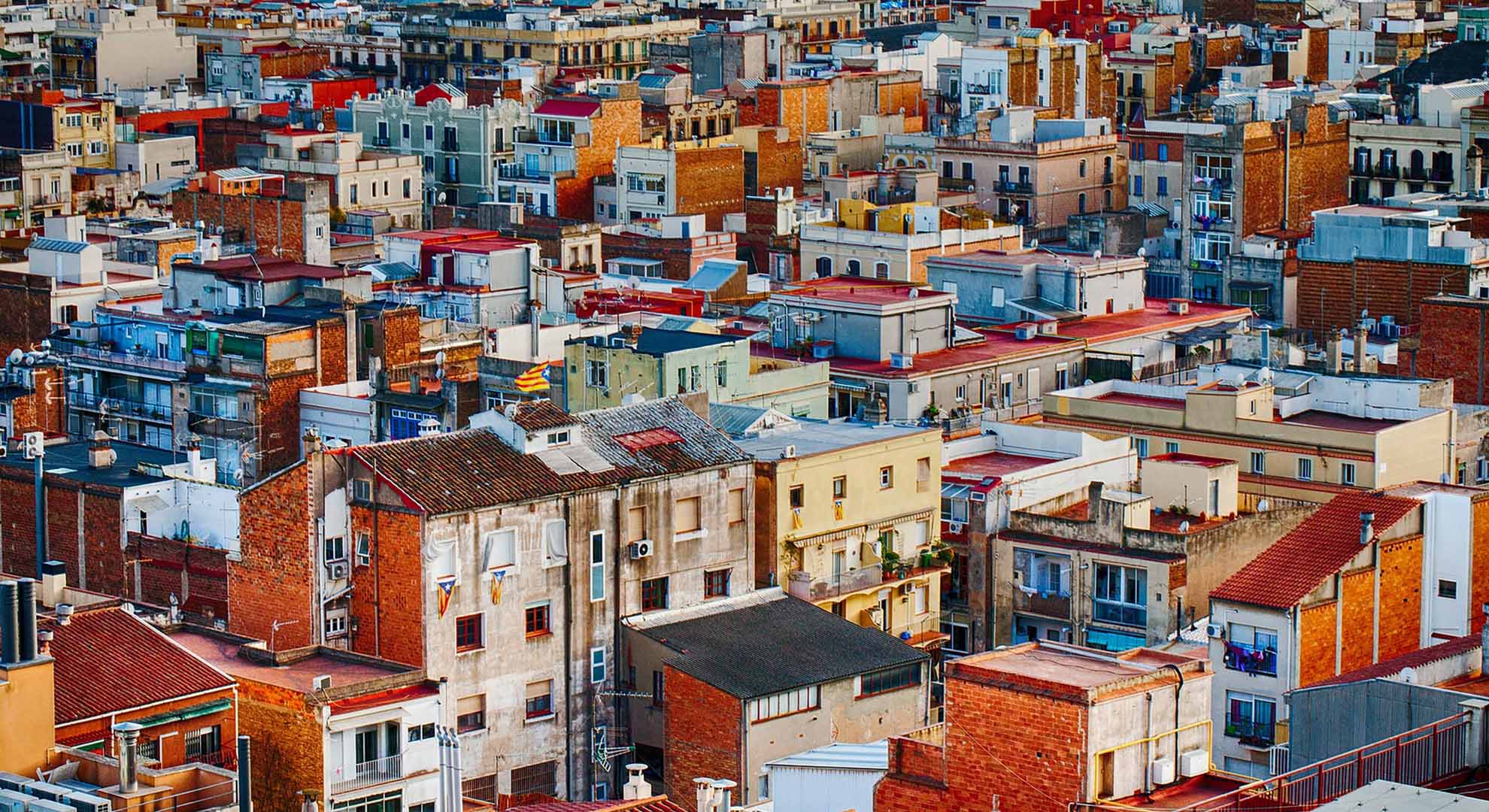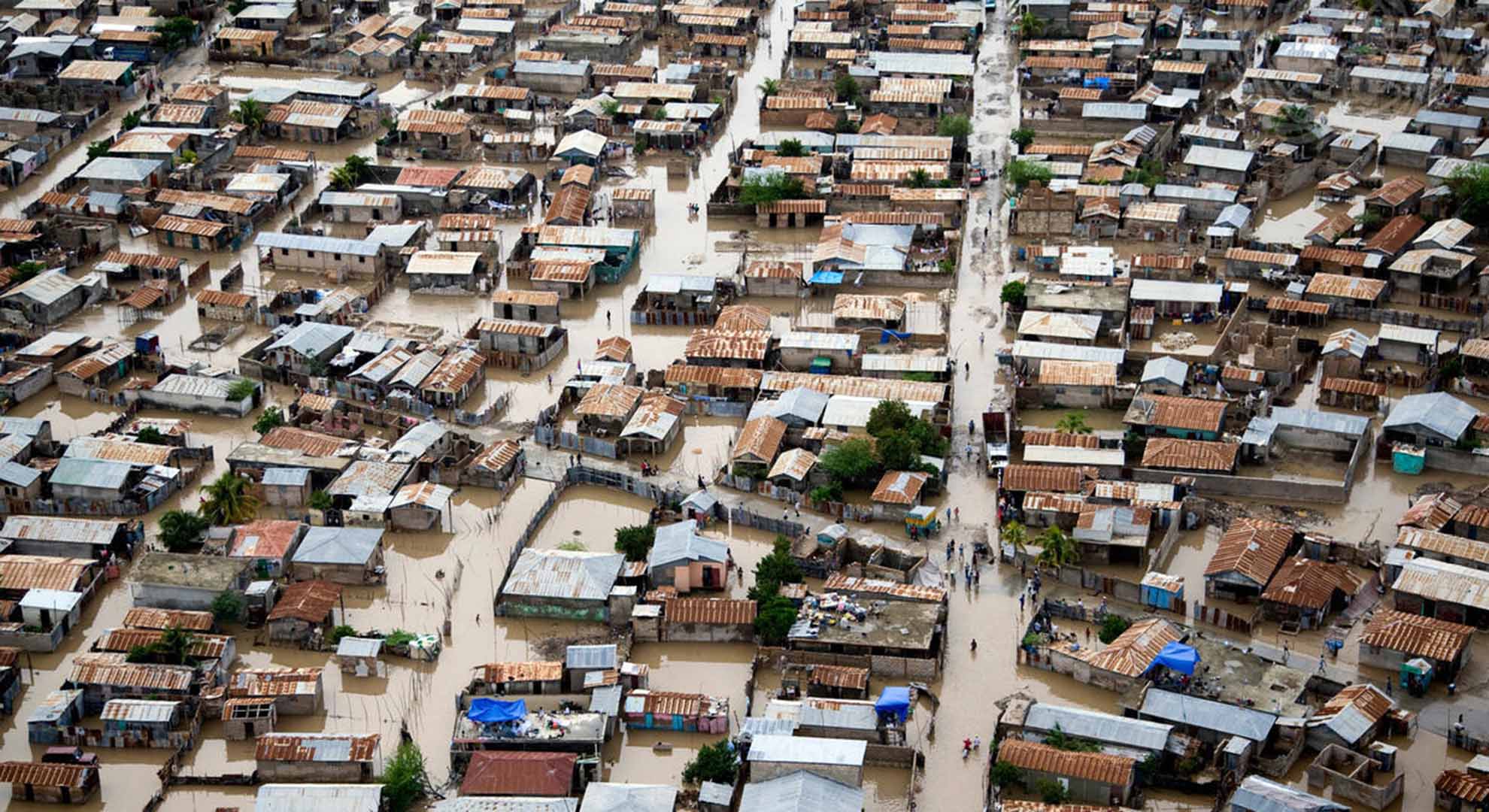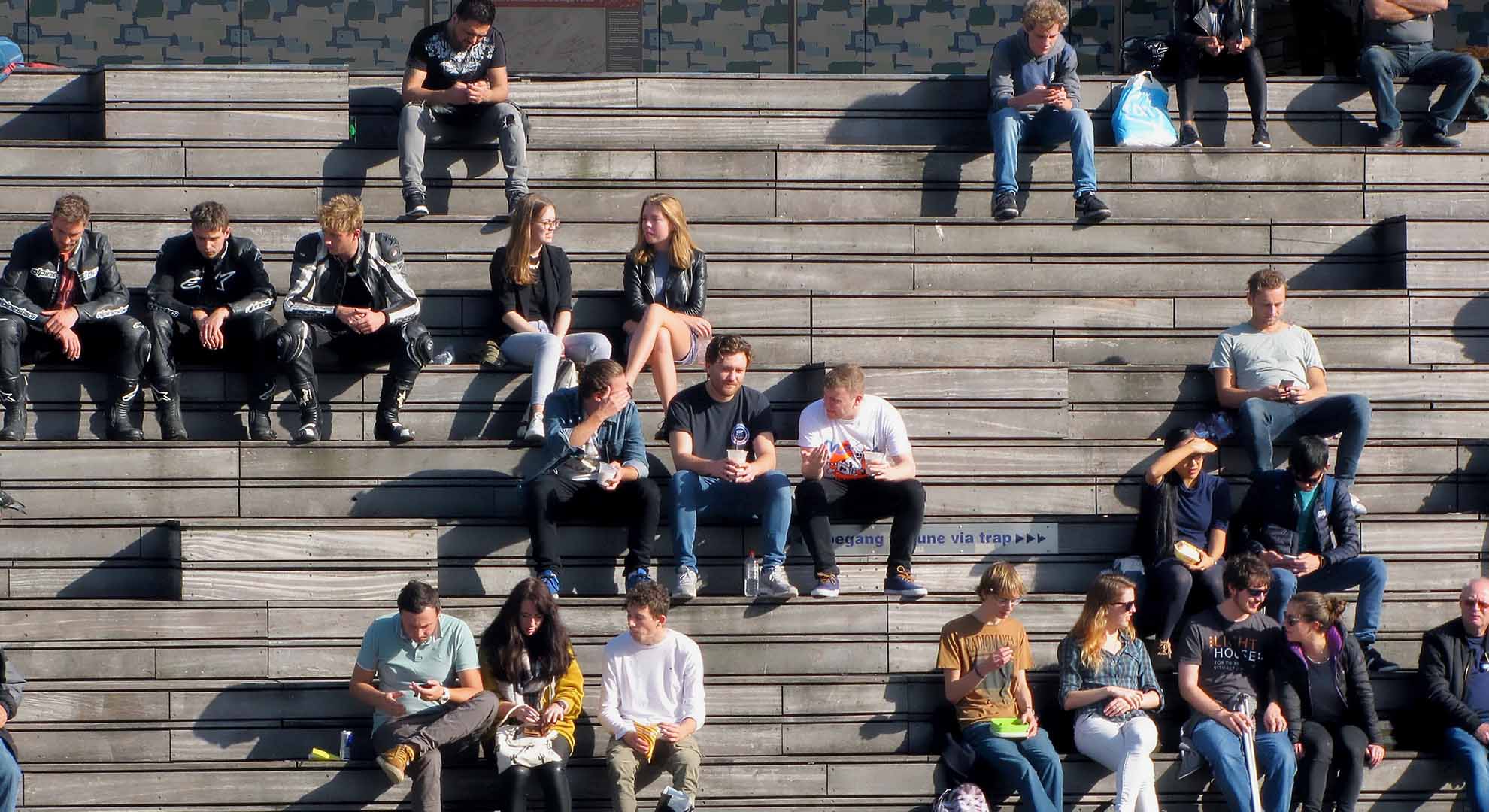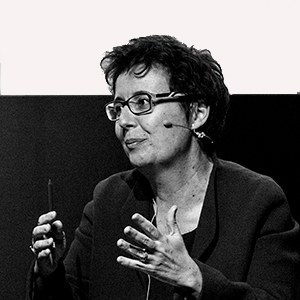The Limits of Urban Reinvention
Who said that living together was easy?
In March 2020, we were both witnesses and protagonists of a worldwide pandemic that forced governments and citizens to modify our existence drastically. With different intensity levels, the lockdown was the keynote for a few months, turning our cities and urban spaces into ghostly settings in which silence reigned over noise, calm over bustle, and solitude over the crowds to which we were so accustomed. While all this was happening, we began to think, reflect and speculate about what changes this strange situation would bring about when the longed-for normality was restored.
The first prophets of doom proclaimed to the four winds the end of the city as the cause of all our problems and the resurgence of the countryside, like the Garden of Eden that we lost at the beginning of time. The danger of premature predictions is that they can become comical over time. And although part of the story of the return to the countryside and its supposedly "idyllic" values is still with us, it would be good to recognize the stubbornness that has finally prevailed: cities have not only seen pandemics throughout their history and survived them, but even the fiercest wars that have reduced them to ashes have not prevented their resurgence.

Compact urban fabric. Photo Pete Linforth/Pixabay
The city is arguably one of the greatest human inventions; without it, most of humankind's inventions and progress in all fields would not have been possible. When we come together in a limited physical space and interact, we can achieve unimaginable goals for both good and bad. This is where my particular optimism and genuine passion for the phenomenon of urban space lies.
It would be wrong to deny a before and after the pandemic in our perceptions, expectations, or way of living in cities. We’ve seen how fragile we are and we’ve become aware of how the conditions of our environment determine our survival. We’re not the kings of the planet, just as lions aren’t the kings of the jungle. We are one of the planet’s inhabitants, many in fact, and if we continue to act as we do now, we will make it unlivable for us. The pandemic has been a storm warning ... and it has not come alone. Not yet recovered, in the last year, we have seen the effects of climate change increase: forests burning, rivers overflowing, volcanoes erupting, seas invading, swamps drying up, cold and heat increasing, etc.

The impact after a hurricane. Photo UN Photo/UNICEF/Marco Dormino
We need to reimagine the city with less consumption of everything, of matter, energy, and time. We need to do not only more with less but better. This is the first lesson that has been proclaimed many times in architecture but has been practiced less often. Science and technology are our allies; we can solve our problems through design: better quality and habitability in all living spaces, greater control of climatic conditions with less energy consumption, and greater comfort with environmentally responsible materials. On the small scale of small interventions, good practices abound and the culture of recovering, recycling, reusing, and rethinking consolidates, avoiding falling into false nostalgia. However, on a large urban scale, the task is still enormous.
We have distorted concepts and words to such an extent that we are unwittingly cheating ourselves. The city we should be building is not the city we are building, nor is it the one that responds to the collective imagination or aspiration. We have idealized a city that is not such, green, silent, devoid of conflicts, and of a supposed "ugliness" that we have attributed to the urban environment. The city is the opposite; it’s a mixture of elements, noisy, conflictive, unpredictable ... a space of complexity and contradictions and, therefore, THE space where we build our socialization. Who said that living together was easy? But it’s the best way to achieve sustainability and survive as a species on the planet. Of course, urban conditions that harm people and the planet such as excessive noise, overconsumption of land, or air pollution (since smoking or overeating are for humans) must be solved, but we must flee and fight against antiurban proposals.

Urban public space. Photo (Joenomias) Menno de Jong/Pixabay
We speak of eco-neighborhoods because the renderings are green. Still, we don’t find in them either mix (functional and social), urban intensity, or sufficient complexity to guarantee the sustainability they preach. The costs of their urbanization and maintenance make them a recognizable exception but not the generalizable norm.
We have compact cities—the best version of the "newly invented" idea of the 15-minute city—that are falling down, emptying, and being disregarded in favor of homogenized and dispersed suburbs that have destroyed the territorial mosaic.
The intensity with which we design the new urban pieces is insufficient to guarantee adequate and competitive public transport or to develop complementary economic or commercial activity, leading to greater mobility of people.
We must eliminate polluting cars in our cities, but we must also accept that they will never all be replaced by electric vehicles, so we’ll have to get closer to each other again.
We can reimagine the materiality of our public spaces, but it cannot always be green, so we will have to make brown and ocher sexy.
We must rehabilitate our buildings and regenerate urban fabrics as the only mechanism for future development. Therefore, it will be necessary to adapt our city planning rules and instruments more quickly.
In short, we must accept that the cities we live in are already built and stop fooling ourselves by "reimagining" them as if they were a blank sheet of paper.
Main image: Multistory housing building. Photo Ludovic Charlet/Pixabay
